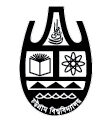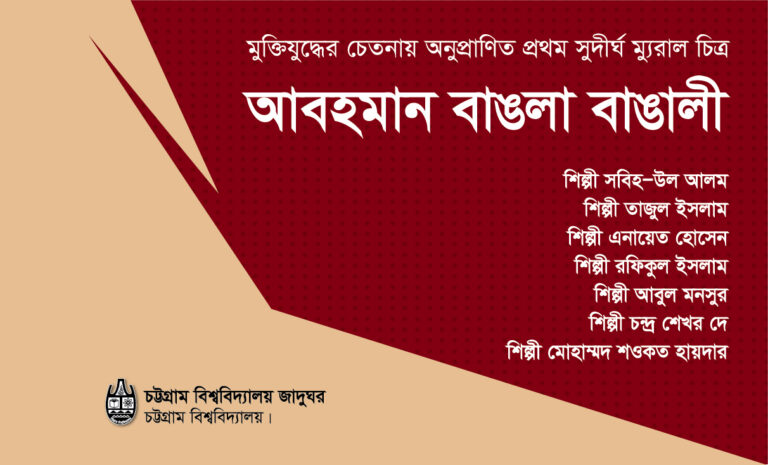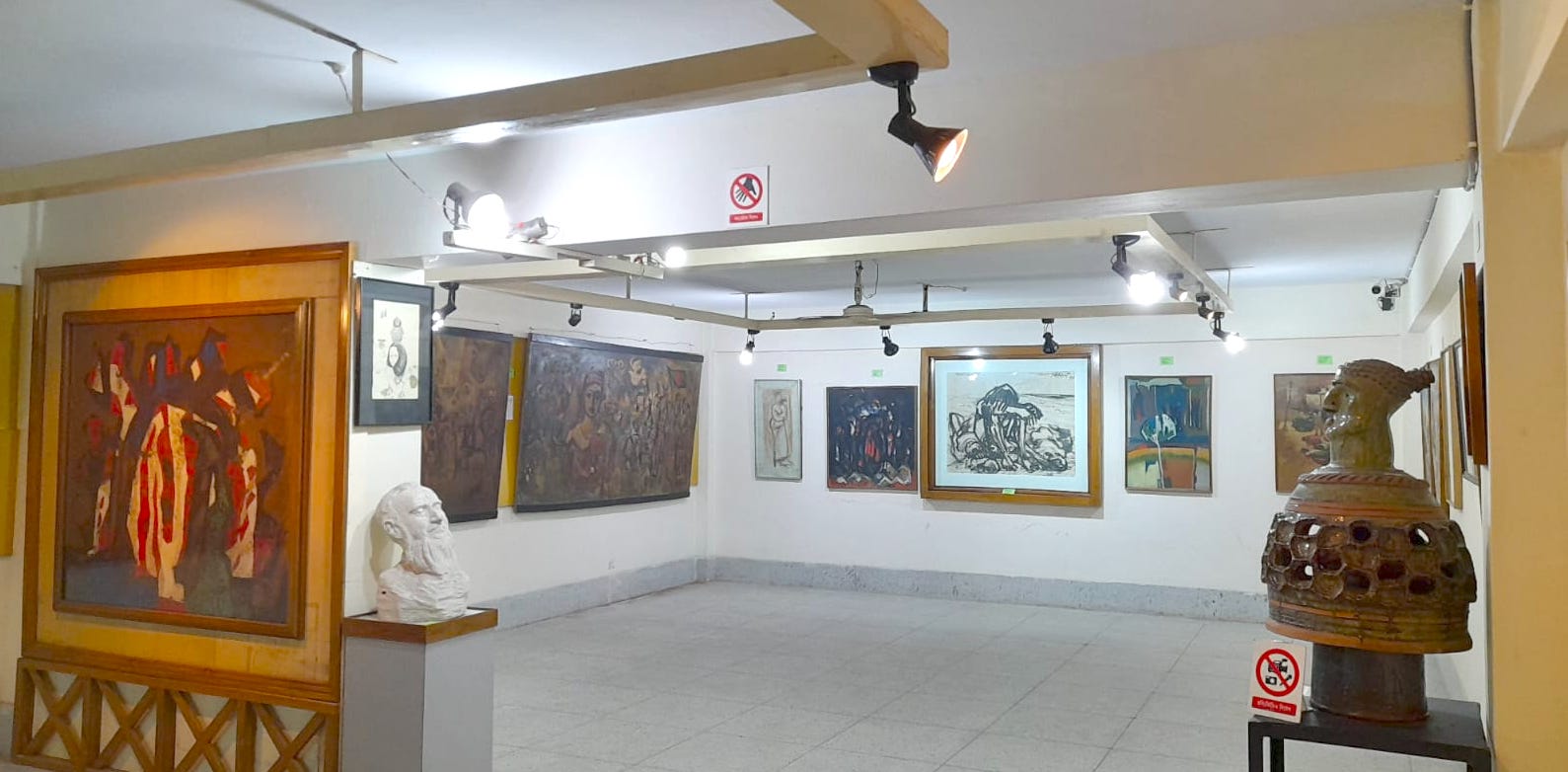
Location:
Chittagong University Museum, University of Chittagong
Open:
9 : 00 am – 3 : 00 pm
Welcome to the Art Gallery
A dedicated space for celebrating the rich and diverse landscape of Bangladeshi art. Our curated collection highlights the country’s dynamic artistic heritage, showcasing a blend of traditional influences alongside modern, innovative expressions. This gallery presents artworks in styles ranging from realism and semi-abstraction to stylization, each piece engaging with profound social themes and reflecting the distinct sensibilities that shape the Bangladeshi art milieu.
Our collection includes masterworks by renowned artists such as Zainul Abedin, Rashid Chowdhury, Qumrul Hasan, Murtaza Bashir, and Monsur Ul Karim, displayed alongside notable works by emerging artists.
Together, these works engage with global dialogues in contemporary art, offering nuanced perspectives on cultural identity and pressing contemporary issues.
We invite you to explore this collection and experience the depth of creativity and expression Bangladeshi artists bring to their craft. Each piece is a testament to the country’s rich artistic heritage and the innovative spirit that continues to drive its cultural future.
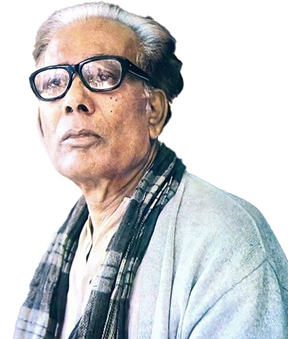
Zainul Abedin (1914–1976), often hailed as the Shilpacharya (Great Master of Art) of Bangladesh, was a visionary artist whose works profoundly shaped the nation’s modern art movement. Born in Kishoreganj, his career spanned a transformative era in Bengal’s history, during which he consistently used his brush to document human struggle, dignity, and resilience.
Abedin first gained international recognition with his iconic “Famine Sketches” (1943), a haunting portrayal of Bengal’s famine victims rendered in stark lines and raw emotion. These sketches marked him as an artist deeply engaged with social realities, using art as testimony and conscience.
His later work “Manpura ’70” revisits this humanitarian commitment, depicting the devastating cyclone and famine that struck coastal Bangladesh in 1970. With bold strokes and a restrained palette, the artwork captures the anguish and vulnerability of a people facing both natural disaster and systemic neglect. It is not merely a record of tragedy but also a call for empathy, resilience, and collective responsibility.
Through such works, Abedin positioned art as a voice of the voiceless, a bridge between aesthetics and activism. His legacy continues to inspire, reminding us of the power of art to confront suffering and affirm humanity.
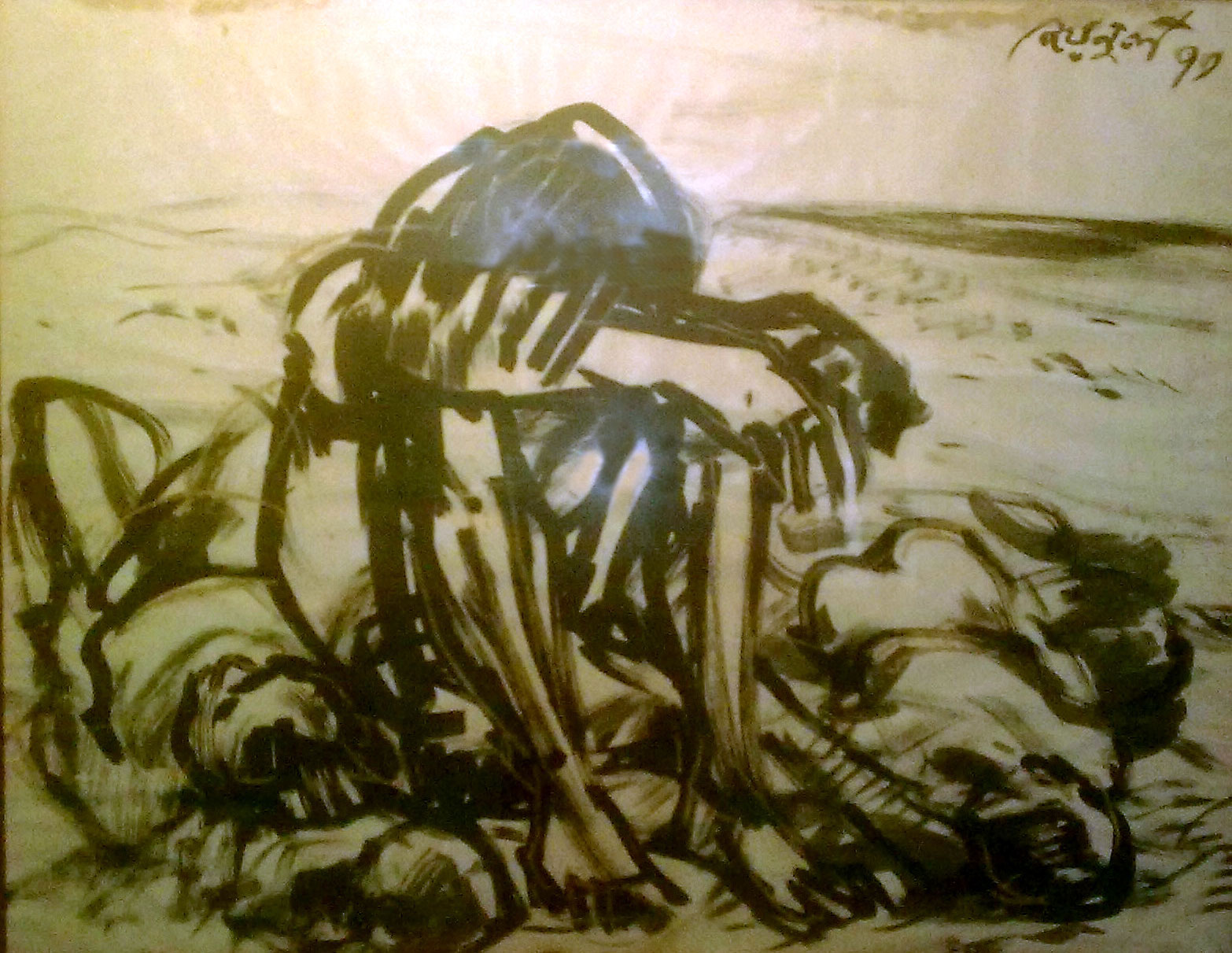
Monpura 70 sheries
1970 AD/Size : 120cm X 96cm
Media : Ink, Pastal, Cartese Paper
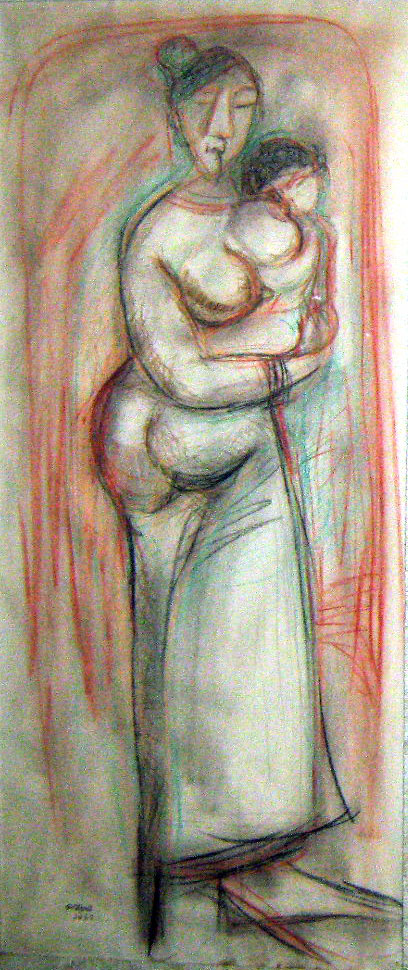
Mother and Child 1960 AD Size : 48cm X 91cm
Media : Color pencil on Cartes paper
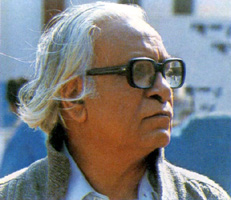
Kamrul Hasan (1921–1988) is celebrated as one of the foremost modern artists of Bangladesh, whose works embody the nation’s cultural identity and spirit. Widely regarded as the “Patua Kamrul Hasan” for his mastery in blending folk motifs with modernist sensibilities, he played a vital role in shaping the post-colonial art movement in the region.
His artistic journey was deeply rooted in Bengal’s folk traditions, yet he infused them with bold lines, stylized forms, and emotional depth. Hasan’s works often reflected themes of humanity, nationalism, and the everyday lives of ordinary people. Beyond his canvas, he was also a cultural activist—closely involved in the Language Movement and the Liberation War—using art as a tool of protest and resistance.
The artwork “Mother and Child” epitomizes his ability to portray universal emotions through a uniquely Bengali lens. With simplified yet powerful forms, the piece conveys tenderness, resilience, and the eternal bond between mother and child—a recurring symbol of sacrifice and love in his oeuvre.
Kamrul Hasan’s legacy continues to inspire generations, positioning him as a pioneer who bridged tradition and modernity while giving voice to the struggles and aspirations of his people.
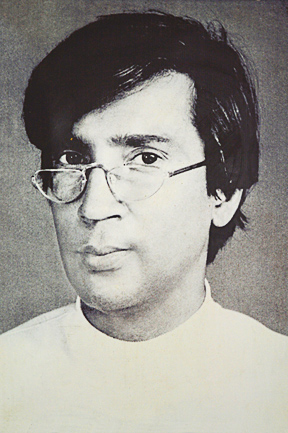
Rashid Chowdhury (1932–1986)
Rashid Chowdhury was a pioneering figure of modern Bangladeshi art, internationally recognized for his mastery in tapestry, as well as his contributions as an artist and educator.
Born in 1932 in Faridpur, he studied at the Government Art College, Dhaka, graduating in 1954 with first division. He later trained in Madrid and Paris, specializing in fresco, sculpture, and tapestry. While influenced by French artists Jean Lurçat and Marc Chagall, Rashid developed a unique artistic language that merged Bengali cultural motifs with modern abstraction.
Returning to Bangladesh, he set up the country’s first tapestry workshop and taught at BUET, the Government Institute of Fine Arts in Dhaka, and the University of Chittagong. In 1973, he played a vital role in establishing Art Institution in Chittagong specially the Department of Fine Art (now the Institute of Fine Arts), University of Chittagong, and also served as a founding trustee of the Chittagong University Museum.
His works combined folk traditions, rural life, spirituality, and abstract modernism. From watercolors and oils to terracotta sculptures and monumental tapestries, his creations reflect both versatility and depth. Today, his artworks adorn national landmarks such as the National Parliament House, Osmani Memorial Auditorium, and Bangladesh Bank, as well as international collections.
He received the Ekushey Padak (1977), Bangladesh Shilpakala Academy Award (1980), and Zainul Abedin Award (1986). Rashid Chowdhury passed away in 1986, leaving behind a legacy that positioned him as a guiding force in Bangladeshi modern art and a pioneer of tapestry in South Asia.
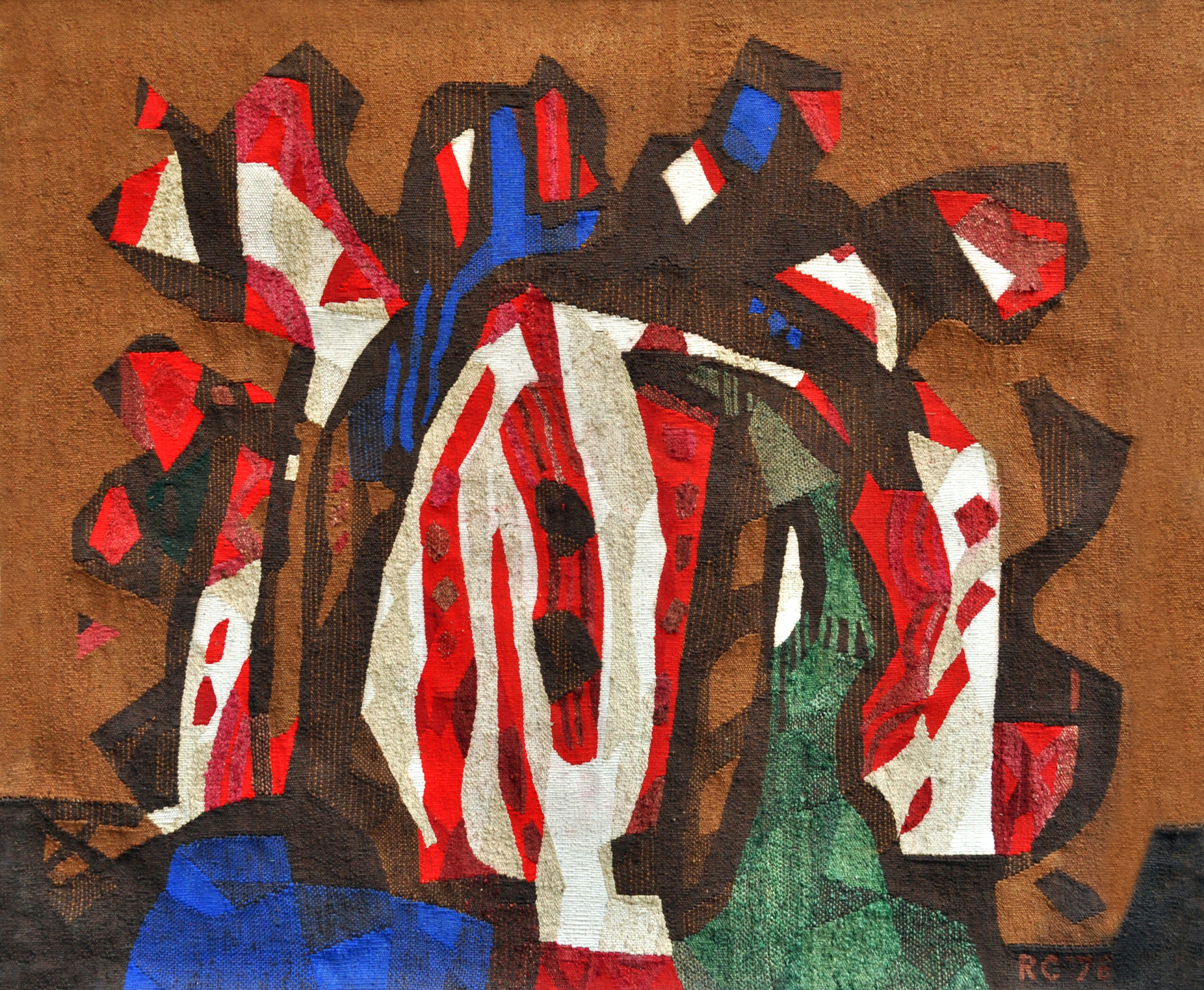
Untitled 1970 AD Size : 95cm X 91cm
Media : Tapestry
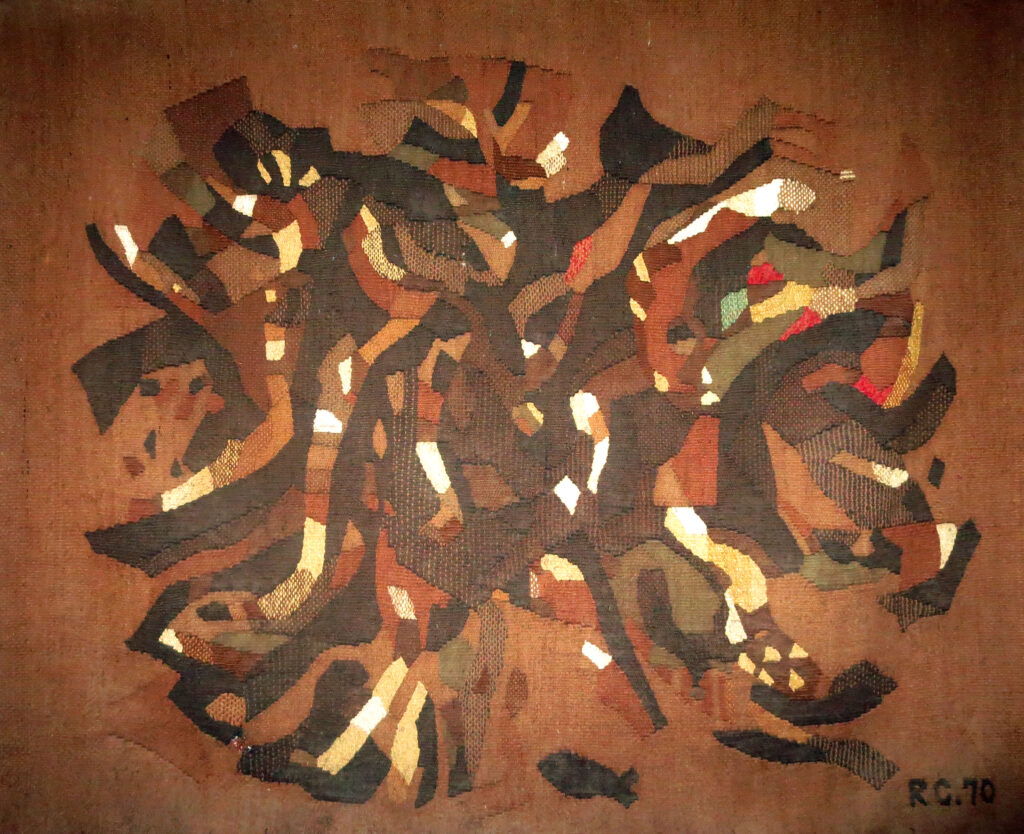
Untitled 1970 AD/Size : Large
Media : Tapestry
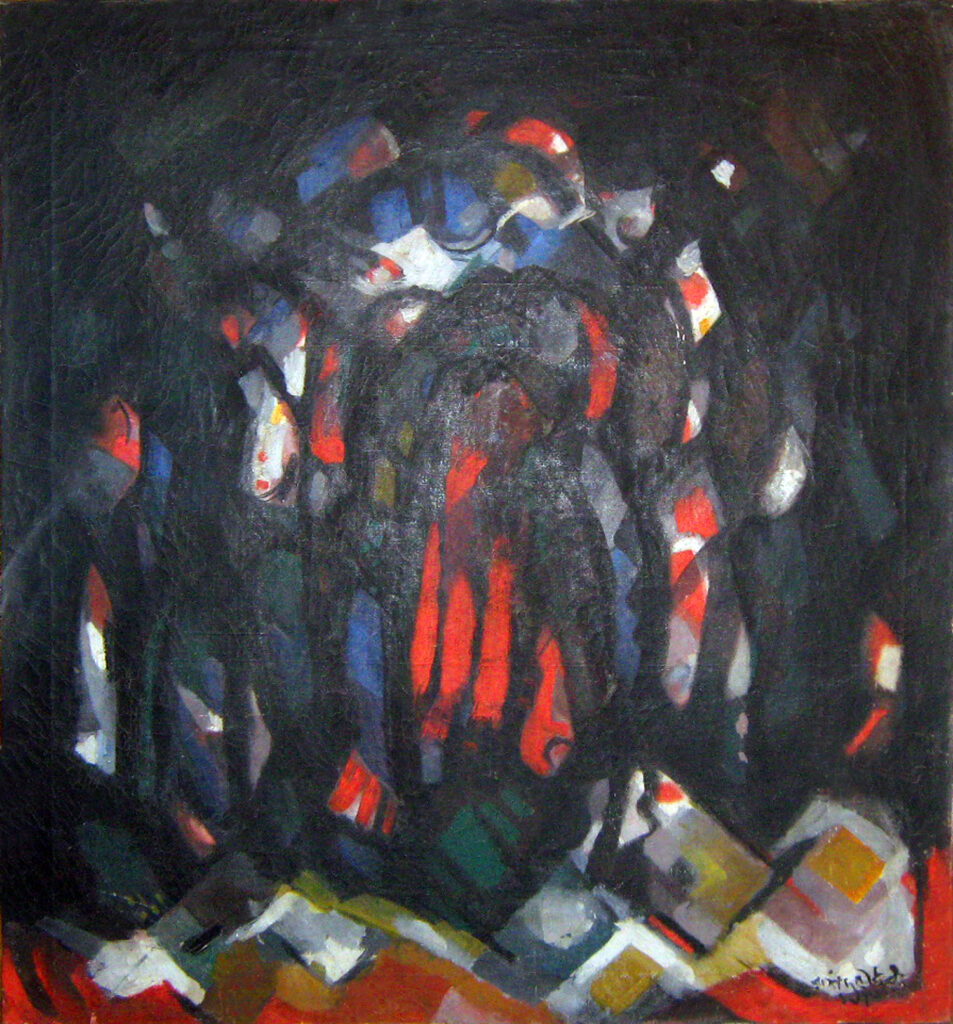
Untitled
1973 AD/Size : 85cm X 91cm
Media : Oil Color, Canvas
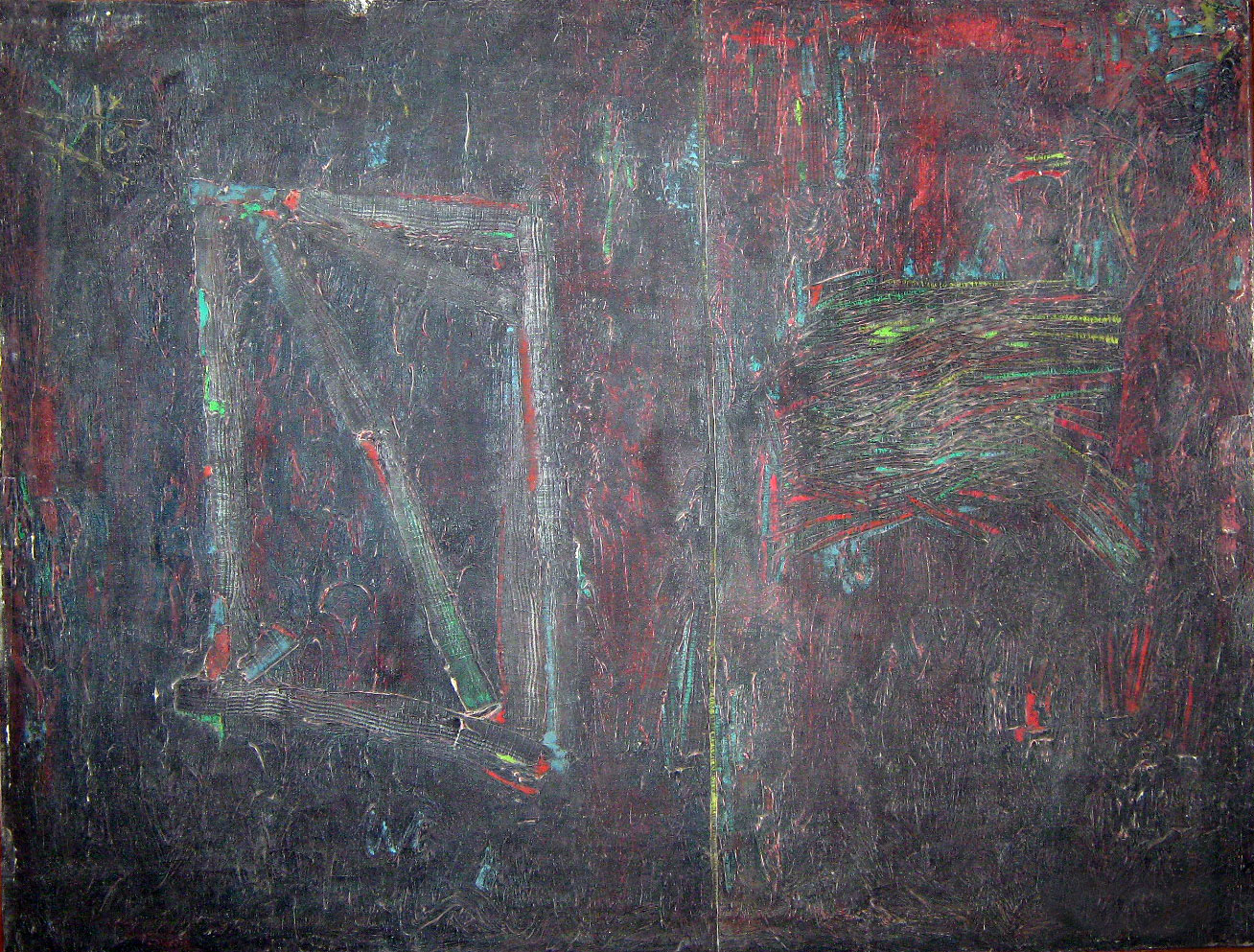
Wall 91
Size : 99cm X 76cm
Media : Oil Color, Canvas
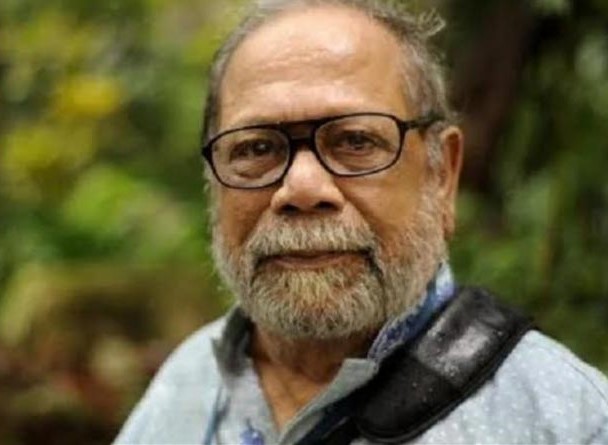
Murtaja Bashir (1932–2020)
Murtaja Bashir was a distinguished Bangladeshi painter, sculptor, writer, researcher, and activist of the Language Movement. Born on August 17, 1932, in Dhaka’s Ramna area, he was the son of renowned linguist Dr. Muhammad Shahidullah and Murguba Khatun. Despite social and family challenges, he devoted himself to art.
He began formal training in 1949 at the newly founded Government Institute of Fine Arts, Dhaka, graduating in 1954 with first division. He later studied at the Accademia delle Belle Arti in Florence (1956–58), where he held his first solo exhibition, and at art schools in Paris (1971–73), specializing in painting, fresco, mosaic, and printmaking. In 1958, he co-founded the artist group Movimento Primordio in Italy.
Beyond art, Bashir was a committed activist. During the 1952 Language Movement, he helped transport the wounded to hospitals and raised the black flag at Kala Bhavan the next day. His linocut Bloody 21st became the first visual record of the movement. In 1971, on the eve of Bangladesh’s Liberation War, he rejected state titles conferred by Pakistan and actively supported the independence movement.
Bashir pioneered “Abstract Realism” in Bangladesh. His notable series include Transparency, Deyal, Shaheed Title, Jyoti, Kalema Tayeba, Cantos, and Pakha. His murals, such as Money Development (Bangladesh Bank, 1968) and Akshay Bot (Rajshahi University, 1974), remain landmarks.
Alongside painting, he wrote novels, poetry, and research works, including studies on pre-Mughal coinage that earned international recognition. For his contributions, he received the Shilpakala Academy Award (1975), Ekushey Padak (1980), and Independence Award (2019).
Murtaja Bashir passed away on August 15, 2020, leaving behind a rich legacy of art, thought, and activism.
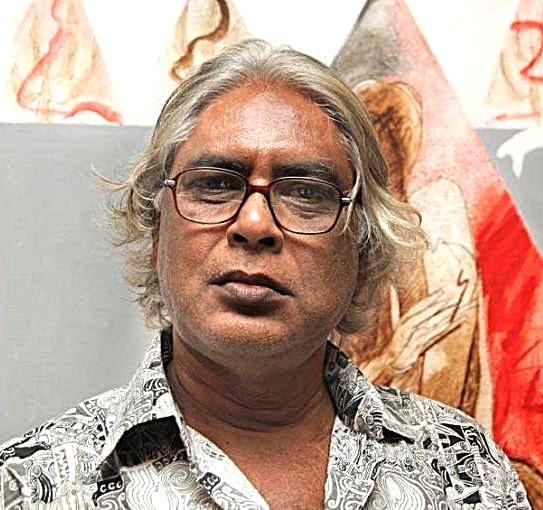
Mansur Ul Karim (1950–2020) was a leading figure in Bangladesh’s contemporary art movement and an influential teacher across generations. For over four decades, he taught at the Faculty of Fine Arts, University of Chittagong, and later established “Bunon Art Space” to further promote art practice and education.
Born in Rajbari, he graduated from the Dhaka Art Institute in 1972 and earned his Master’s degree from the University of Chittagong in 1974. His first exhibition was held in 1972, and until 2016 he organized 26 solo exhibitions. Among his celebrated series are Dance of Lines, My Destination, My Land, Point of Departure, and Bandarban. Through line, color, and canvas, he expressed nature, soil, and human experience in a distinctive way.
His recognitions include First Prize in the Independence Day Competition (1977), Bangladesh Shilpakala Academy Award (1993), Best Award at the International Exhibition of Lalit Kala Akademi, India (1994), and the Ekushey Padak (2009). In 2014, he was also honored with the Sultan Padak.
Mansur Ul Karim was not only an artist but also a teacher and a source of inspiration. He passed away on October 5, 2020, but his creativity and vision continue to inspire art enthusiasts today.
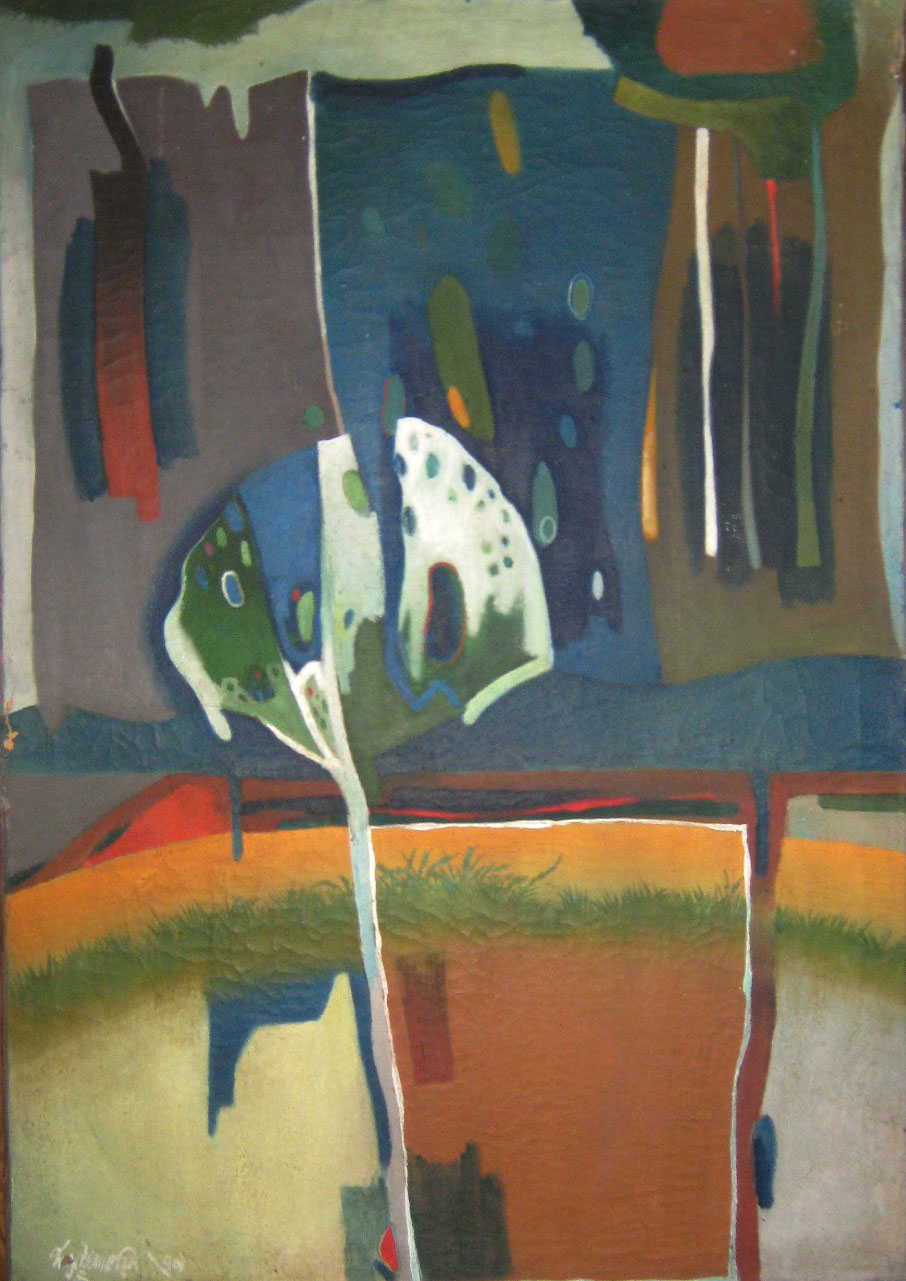
Hemanta Mela
1979 AD/Size : 64cm X 90cm
Media : Oil Color, Canvas
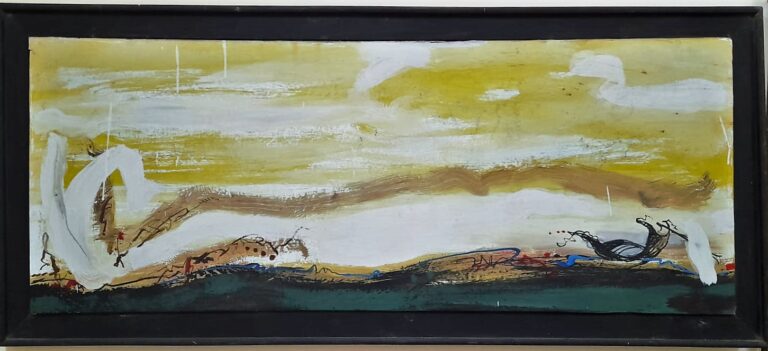
Media : Oil Color, Canvas
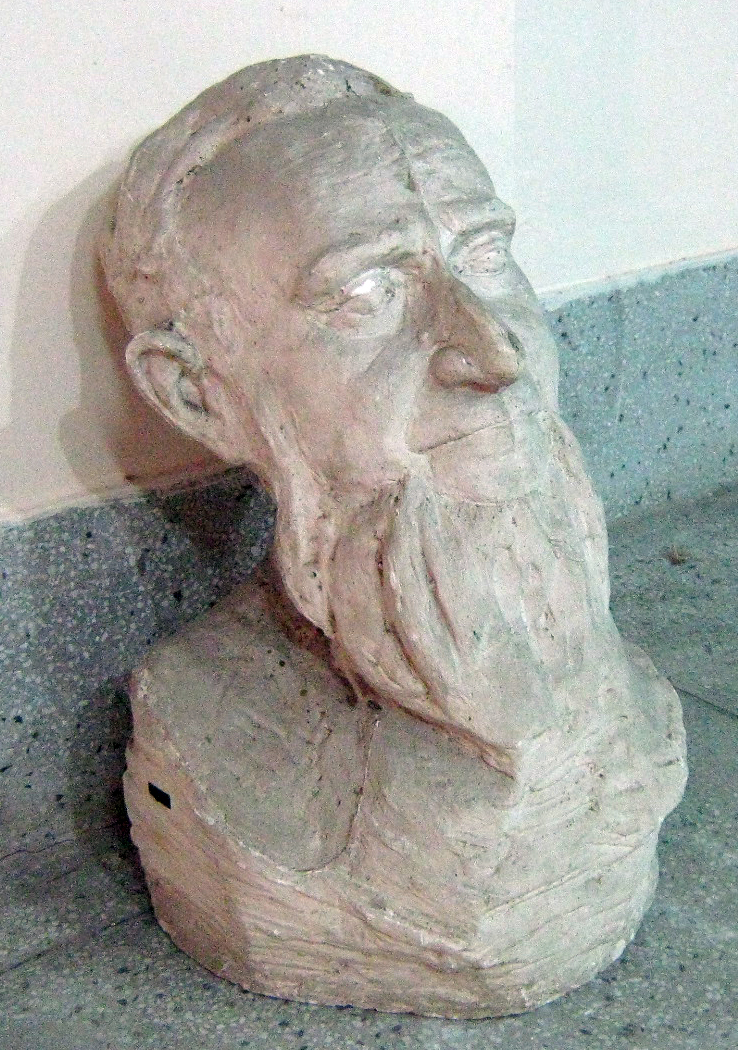
Bust of Abul Fazal
2007 AD/Size : H. 32cm; W. 55cm
Media : Plaster of Paris
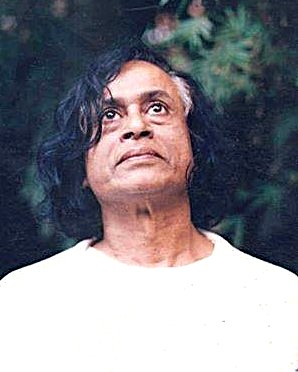
Syed Abdullah Khalid (1942–2017) was a renowned freedom fighter, sculptor, painter, and teacher, whose legacy shaped modern sculpture and public art in Bangladesh. Born in 1942 in Sylhet, he displayed a natural talent for drawing and creativity from childhood. Though his family envisioned a religious path for him, Khalid pursued art, graduating from Dhaka Art College (now the Faculty of Fine Arts, University of Dhaka) in 1969. He later joined the Liberation War of Bangladesh, actively contributing to the nation’s struggle for independence.
Khalid’s most iconic creation is Aparajeyo Bangla (Invincible Bengal), installed in front of Dhaka University’s Faculty of Fine Arts. This monumental sculpture stands as one of the strongest symbols of Bangladesh’s Liberation War, embodying the courage and resilience of the freedom fighters. His other notable works include the Shaheed Minar at the University of Chittagong, the Ankur monument at Square Pharmaceuticals, the mural Obahoman Bangla at Bangladesh Television, the Ongikar Shaheed Minar in Chandpur, and sculptures such as Eternal Bengal, Dolphin, and Mother and Child.
Over his career, Khalid held solo exhibitions and received the First Prize at the 1983 National Sculpture Exhibition organized by the Shilpakala Academy. He represented Bangladesh at international art events, including leading the delegation to the 1987 SAARC Traditional Terracotta Workshop in India. His works are preserved in the Bangladesh National Museum, Shilpakala Academy, the Prime Minister’s Office, and prominent private collections.
Beyond his artistic practice, Khalid was an inspiring educator. He served for decades at the University of Chittagong’s Institute of Fine Arts, where he retired as Professor of Sculpture in 2012.
In recognition of his contributions, the government issued a commemorative stamp (1990–91) and a silver coin (1998) featuring Aparajeyo Bangla. He received the Shilpakala Padak in 2014 and the Ekushey Padak posthumously in 2017.
Syed Abdullah Khalid passed away on 20 May 2017. His art and vision remain enduring sources of inspiration in Bangladesh’s cultural history.
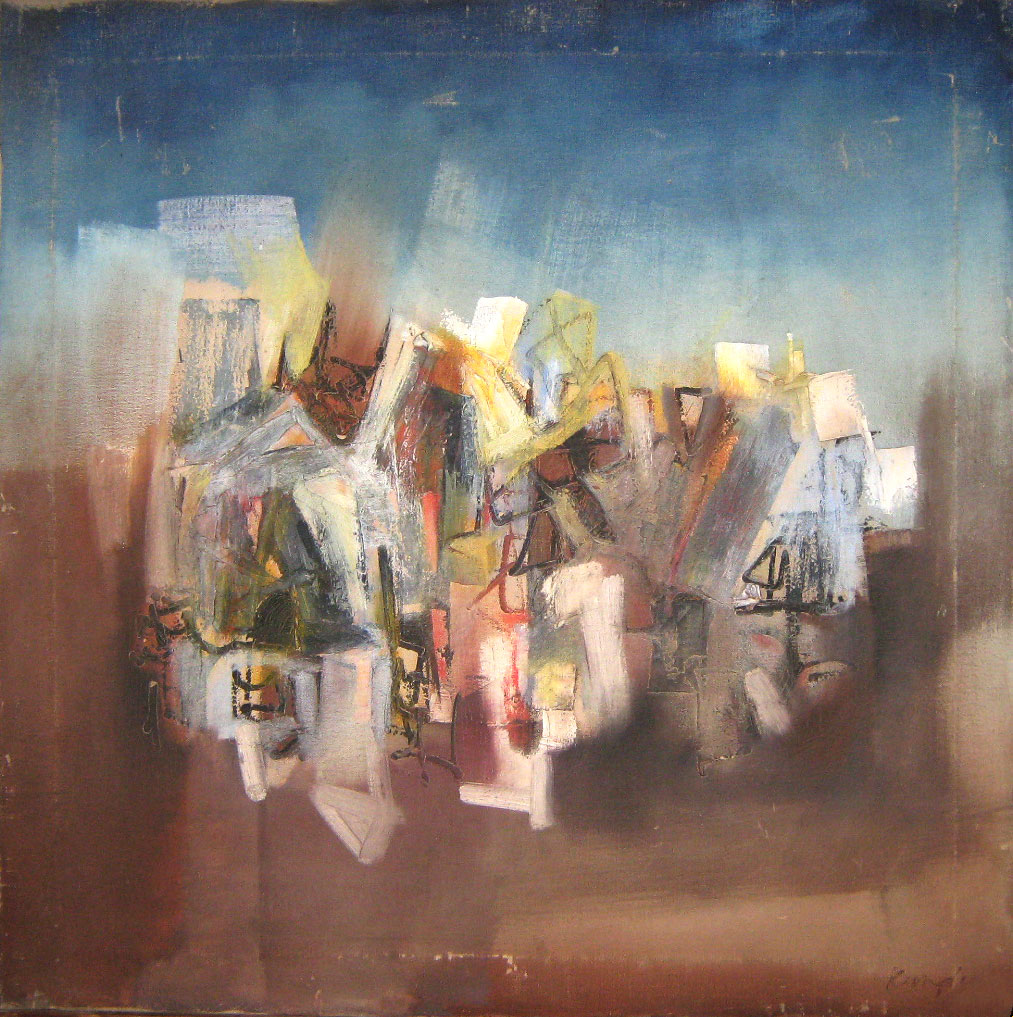
Artist : Nitun Kunda
Untitled
1973 AD/Size : 90cm X 90cm
Media : Oil Color, Canvas
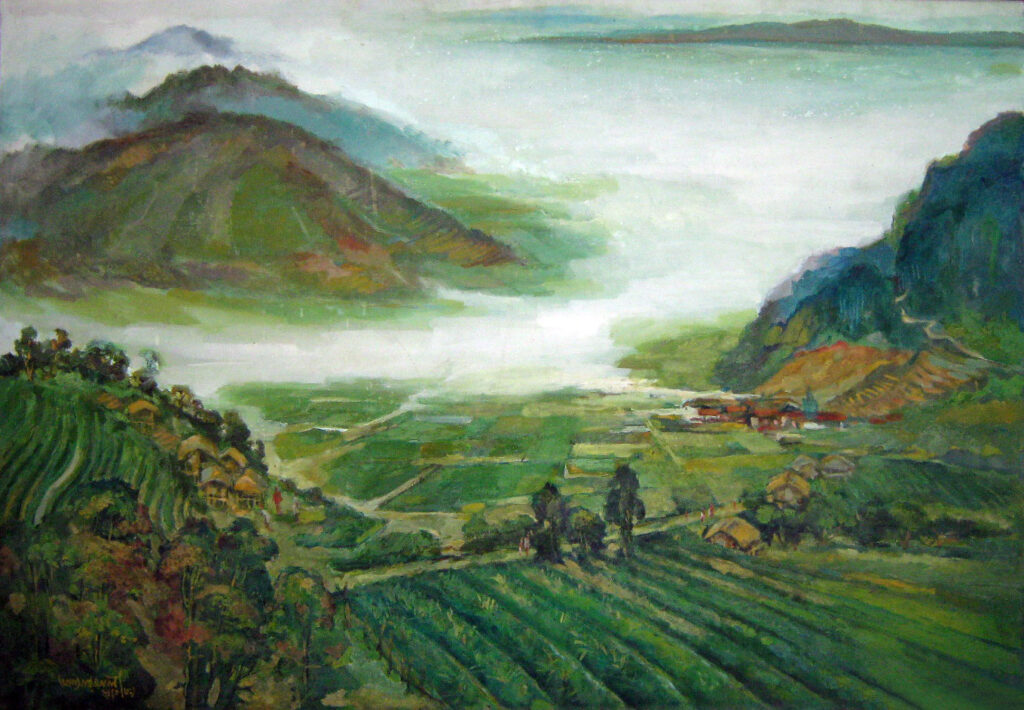
Artist : Ansar Ali
Nature
1989 AD/Size : 133cm X 93cm
Media : Oil Color, Canvas
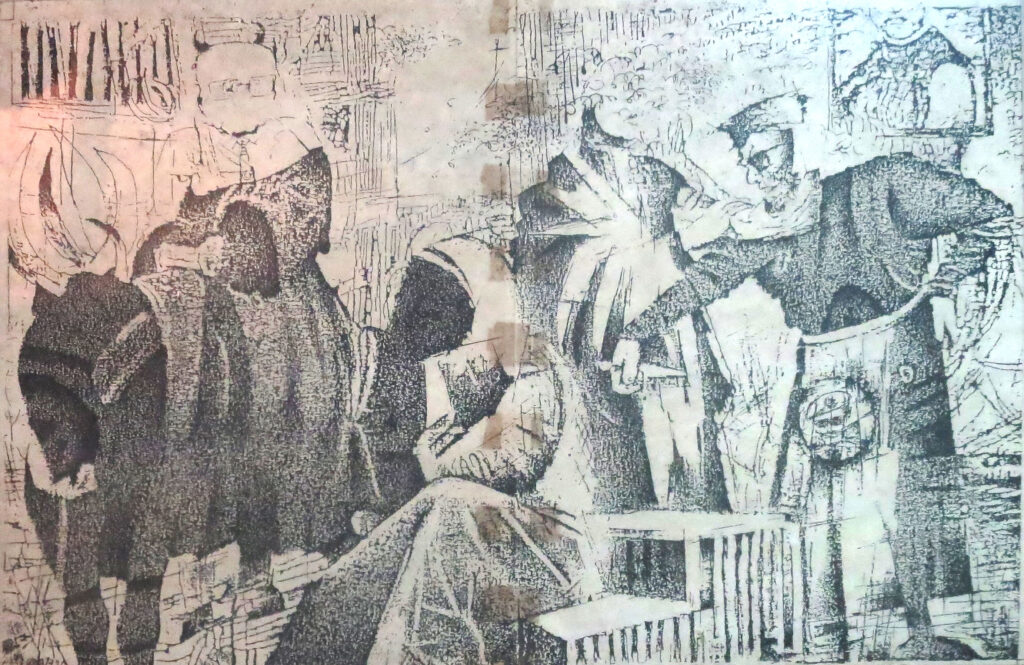
Artist : Faizul Azim
Untitled
1996 AD/Size : 62cm X 46cm
Media : Xerox Print

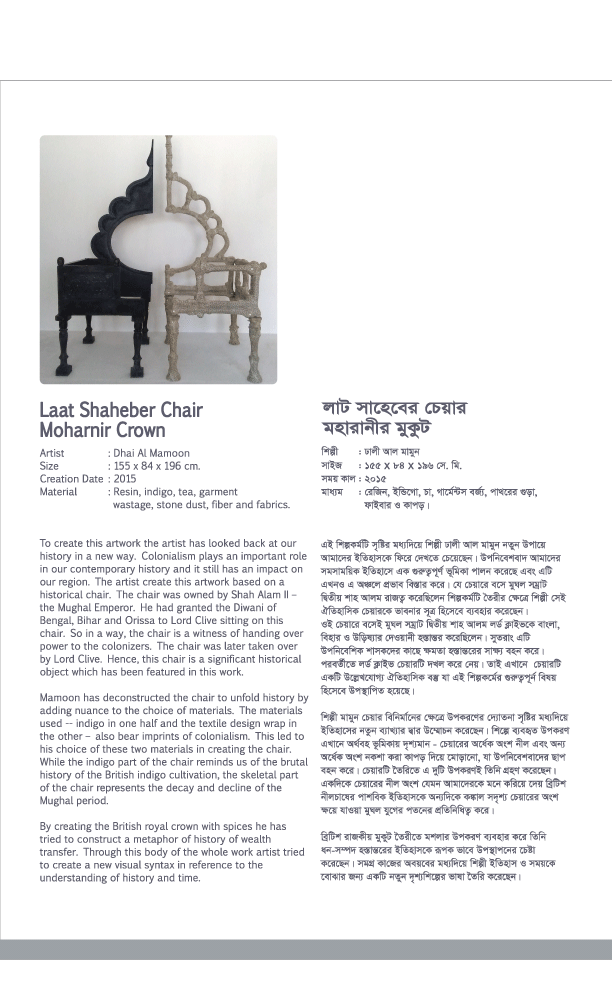
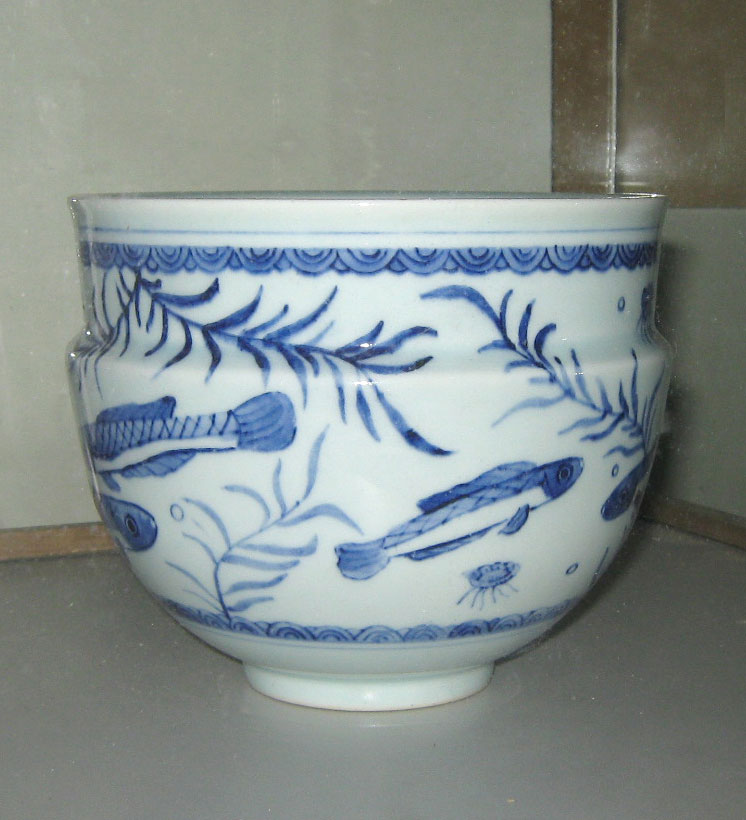
Untitled
Artist : Nasim Banu
1986 AD/Size : 16cm X 14cm
Media : Porcelain
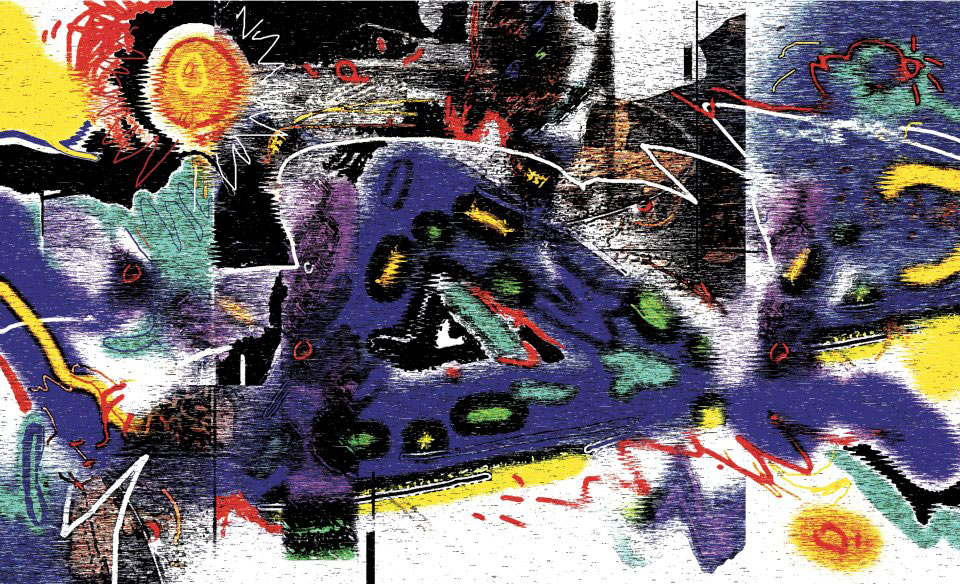
Agoni
Artist : Ziauddin Chowdhury
2007 AD/Size : 103cm X 64cm
Media : Digitally Drawn and Print
Abahoman Bangla Bangalee
A significant mural titled Abahoman Bangla Bangalee, extending across 104 feet and composed of 11 panels, serves as a profound artistic reflection on the Liberation War. This monumental work underscores the collaborative efforts of artists dedicated to documenting and preserving the nation’s historical narrative.
Catalogue Collections of famous Artists in Bangladesh
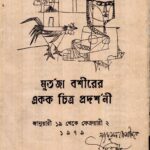
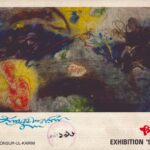

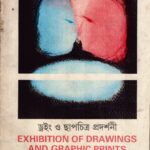
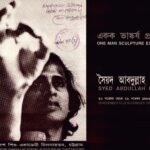
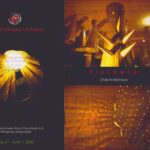

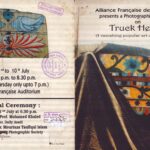
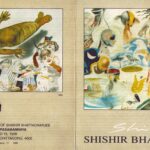
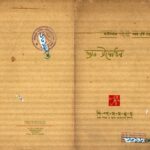
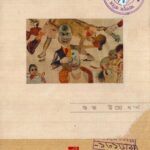
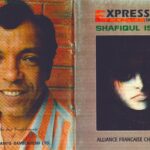
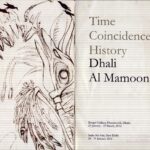
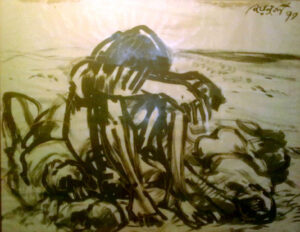
Artist : Zainul Abedin
Monpura 70 sheries
1970 AD/Size : 120cm X 96cm
Media : Ink, Pastal, Cartese Paper
জয়নুল আবেদীন
(১৯১৪–১৯৭৬) ছিলেন বাংলাদেশের আধুনিক শিল্প আন্দোলনের পথিকৃৎ, শিক্ষক ও সংগঠক, যিনি “শিল্পাচার্য” উপাধিতে ভূষিত হন। তিনি ১৯৪৮ সালে ঢাকায় Government Institute of Arts and Crafts (বর্তমান চারুকলা অনুষদ, ঢাকা বিশ্ববিদ্যালয়) প্রতিষ্ঠা করেন এবং দেশজুড়ে শিল্পশিক্ষার প্রাতিষ্ঠানিক ভিত্তি গড়ে তোলেন।
ময়মনসিংহে জন্ম নেওয়া আবেদিন ব্রহ্মপুত্র নদ ও গ্রামীণ প্রকৃতি থেকে অনুপ্রেরণা পেয়েছিলেন। ১৯৩৩ সালে কলকাতা আর্ট স্কুলে ভর্তি হয়ে ইউরোপীয় ধাঁচে শিক্ষা গ্রহণ করলেও তিনি ধীরে ধীরে বাস্তববাদী ধারা গড়ে তোলেন। তাঁর আঁকা “Famine Sketches” (১৯৪৩) দুর্ভিক্ষপীড়িত মানুষের যন্ত্রণা ও মানবিক দুর্দশার শক্তিশালী দলিল হিসেবে তাঁকে অল-ইন্ডিয়া খ্যাতি এনে দেয়।
